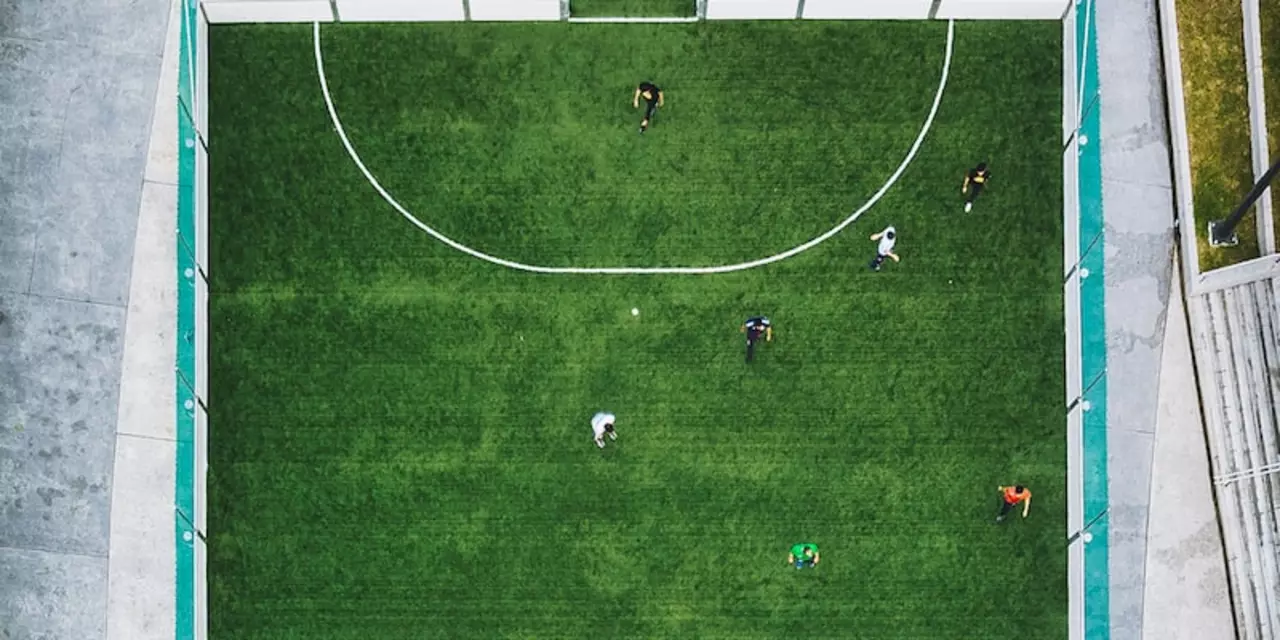Headache in Soccer Management – Understanding the Common Challenges
When dealing with headache, a persistent problem that disrupts smooth operations in soccer clubs and coaching setups, you quickly realize it’s more than just a bad day on the pitch. Also known as management pain point, a headache can stem from player injuries, tactical indecisions, transfer negotiations or even the complexities of running a fantasy soccer league.
Key Players Behind the Headache
The first major culprit is injury, physical setbacks that sideline players and force coaches to reshuffle line‑ups. An injury‑heavy squad creates a ripple effect: training plans crumble, scouting reports lose relevance, and the team’s momentum stalls. Next up is fantasy soccer, a digital game that mirrors real‑world decisions and adds pressure on managers to pick the right stars. When your fantasy picks miss out because of unexpected absences, the frustration adds to the overall headache. Finally, match analysis, the post‑game breakdown of tactics, player performance and statistical trends can turn into a headache if data is incomplete or misinterpreted, leading to poor future decisions.
These entities don’t exist in isolation. Headache encompasses injury concerns, demands strategic team tactics, and often fuels the need for deeper match analysis. Effective team tactics can reduce the injury‑related headache by limiting risky plays, while solid match analysis helps spot patterns that prevent future setbacks. Fantasy soccer influences management choices because a well‑run fantasy team mirrors successful real‑world scouting and can highlight undervalued players.
Look at recent stories from the soccer world: a 1‑1 draw between Leicester City and Wrexham illustrates how a single equaliser can turn a match into a tactical headache for coaches trying to convert draws into wins. The Ballon d'Or win by Ousmane Dembélé shows how individual brilliance can ease a club’s headache by providing a reliable goal scorer, yet it also raises transfer‑related questions. Meanwhile, MLS’s affiliation with FIFA underlines administrative headaches that clubs face when navigating international regulations. Each of these examples ties back to the core entities—injury, fantasy tactics, and analysis—that shape daily decisions.
Below you’ll find a curated set of articles that dive deeper into these pain points. Whether you’re looking for tips on injury prevention, strategies to dominate fantasy leagues, or ways to sharpen your match analysis, the posts ahead break down the headaches and offer actionable solutions.
